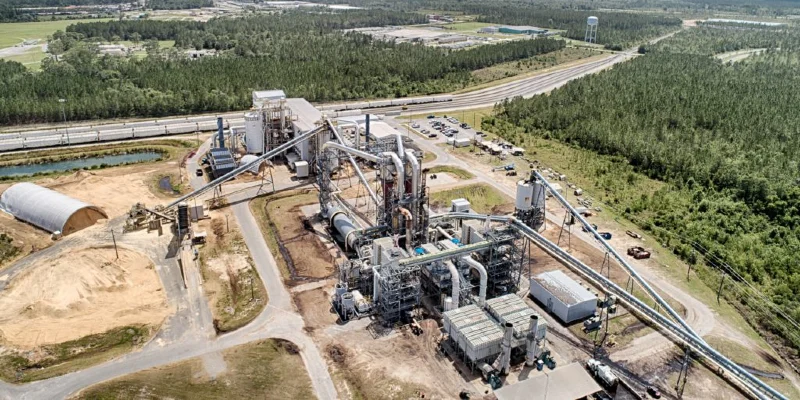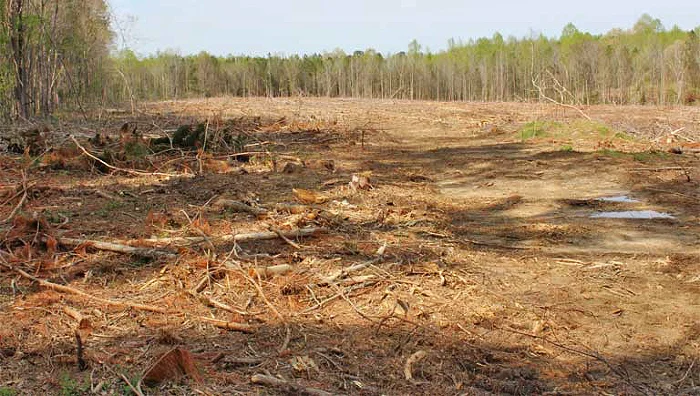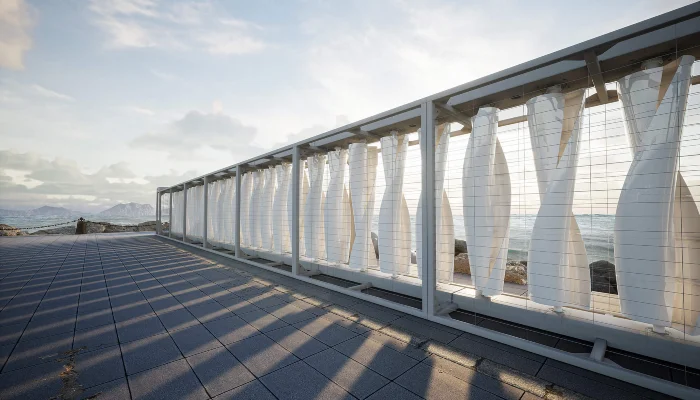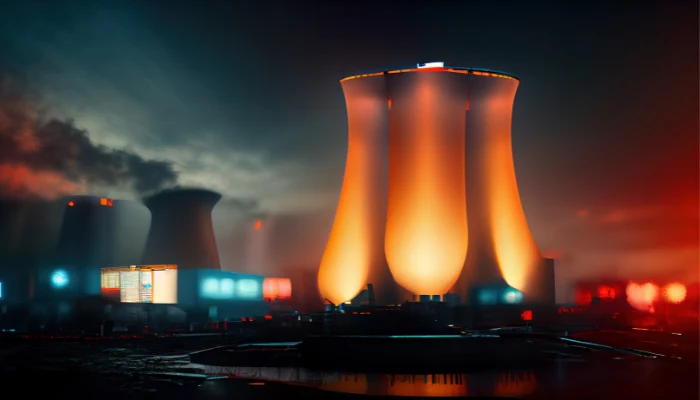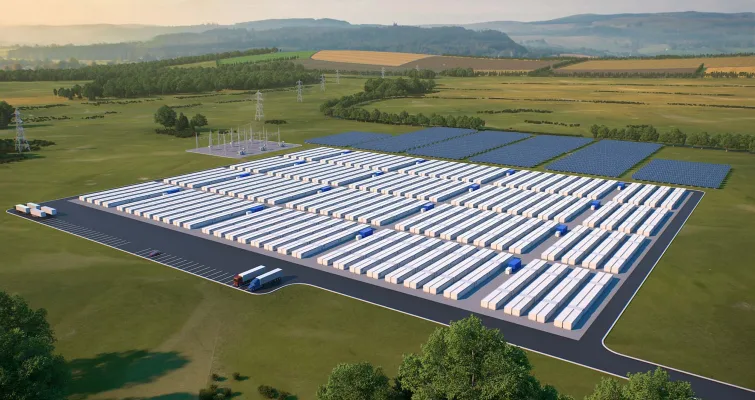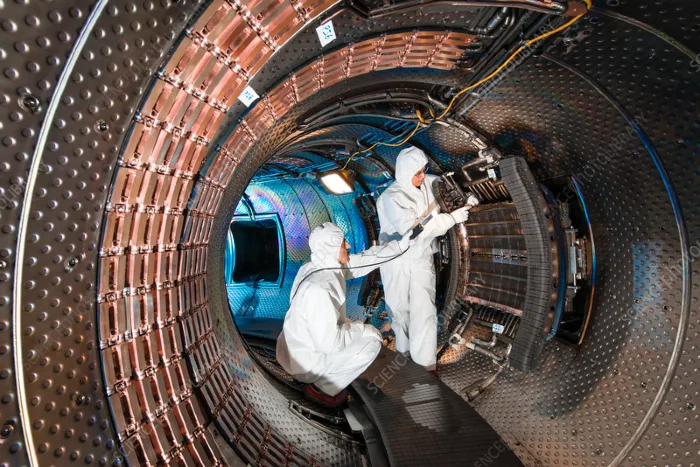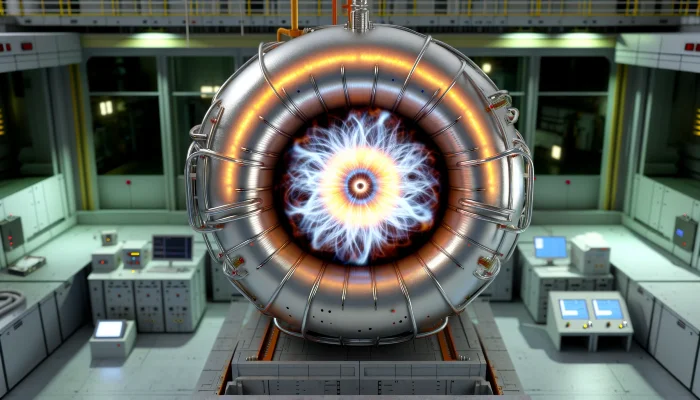Enviva, the owner of the Waycross facility in southern Georgia, proudly touted its status as the world’s largest producer of wood pellets used for fuel, promoting the process as “carbon-neutral.” However, environmental groups have raised serious concerns, alleging that the plant is releasing up to three times the permitted levels of hazardous pollution into the atmosphere.
These concerns are based on documents submitted to state environmental authorities, and they’ve raised alarms about the environmental impact of the wood pellet industry, which is regarded as a key player in the renewable energy sector.
Heather Hillaker, a senior attorney with the Southern Environmental Law Center, expressed the gravity of the situation, stating, “They are just completely blowing past the legal limits for hazardous air pollutants and have been for some time.”
While Enviva operates similar facilities throughout the Southeast, the Waycross plant has drawn significant attention due to its scale and the allegations of air pollution violations.
The federal Clean Air Act imposes strict thresholds for 188 types of toxic emissions that are considered harmful to both human health and the environment. Facilities in the same category as the Waycross plant are subject to individual limits of 10 tons per year for specific hazardous pollutants and a combined cap of 25 tons per year for all highly unhealthy emissions.
In filings with the Georgia Environmental Protection Division’s Air Protection Branch, Enviva provided estimates suggesting that, when operating at full capacity, the Waycross plant could potentially release nearly 45 tons per year of methanol, one of the regulated toxins. Moreover, the facility’s total hazardous pollutant emissions could reach a staggering 79 tons annually.
Methanol, also known as wood alcohol, is a toxic substance that can be absorbed through various means, including the eyes, skin, lungs, and digestive system. Overexposure to methanol can lead to severe health consequences, including death, according to the Centers for Disease Control and Prevention.

Enviva's Projection Raised Concern
Of particular concern is Enviva’s projection that annual pellet production at the Waycross facility could exceed 920,000 tons, the basis for their “potential-to-emit estimations.” This projection has raised the possibility that the plant may be emitting even more hazardous air pollutants than initially estimated.
If the allegations are true, this would mean that the Waycross plant is emitting hazardous pollutants at a rate three times higher than the legally permissible limit, exacerbating fears among environmentalists and regulatory authorities alike.
In addition to the environmental concerns, Enviva is grappling with financial challenges, which have led to a significant decline in its stock price. The stock price plummeted from a high of over $82 in April 2022 to less than $1 in November of the same year, triggering a class-action lawsuit by disgruntled shareholders. This financial downturn has raised concerns that cost-cutting measures by Enviva may further compromise environmental standards, intensifying the worries of critics within the pellet industry.
Not surprisingly, Enviva vehemently contested the allegations, “Stating that our Waycross facility has been emitting three times the legal limit for hazardous air pollution is an inaccurate statement that does not capture the permitting steps, investments in emissions control technology, and conservative approach taken by Enviva.” The company further explained that their modeling effort, conducted in collaboration with the Georgia Environmental Protection Division (EPD), adhered to agency guidance and exhibited a significant margin of compliance with the state’s standards, which are designed to safeguard human health.
SELC Responds To Enviva's Possible Greenwashing
However, Heather Hillaker of the Southern Environmental Law Center (SELC) countered Enviva’s claims, asserting that the company was selectively choosing different standards, including those for acrolein, a highly harmful pollutant.
Hillaker emphasized that while estimates related to specific pollutants may vary, they don’t alter the overarching projections for hazardous emissions by the facility. She pointed out that Enviva had not provided any evidence that demonstrated adjustments in their operations to bring actual emissions below their calculated estimates.

Hillaker highlighted the absence of production records or smokestack tests that would prove compliance with hazardous air pollution emission limits.
She stated, “If Enviva has production records or (smoke) stack tests demonstrating that they have not exceeded their (hazardous air pollution) emission limits, they can provide it. Until then, the only evidence to go on is their own emission calculations and EPD’s statements.”
Even the Georgia Environmental Protection Division, in a comprehensive 31-page written review of Enviva’s application for a revised air-quality permit, acknowledged that the Waycross facility “is technically out of compliance with the major source HAP avoidance limits.”
Enviva’s request to increase production at the Waycross facility, from the currently allowed 920,000 tons of pellets annually to 970,000 tons, has raised eyebrows.
Hillaker expressed concern, stating, “It’s not just that they’re seeking the production increase. They’ve told the Georgia Environmental Protection Division that they will be exceeding that limit and are actually asking for the permit to validate what they plan on doing anyway.”
Notably, Enviva’s current state air quality permit, issued in 2019, designates the Waycross plant as a minor source of hazardous pollution, including specific annual emissions limits that are being exceeded.
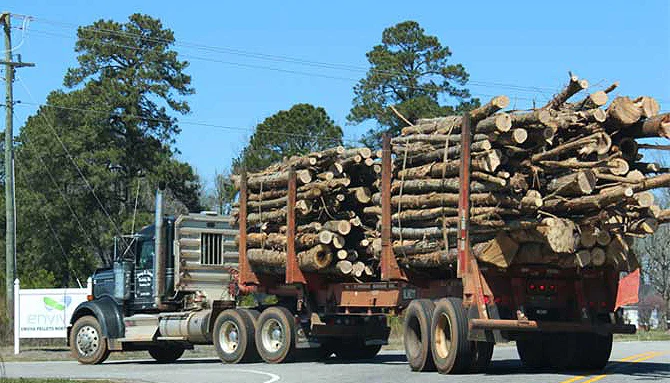
Two Points Of View On Permits
Hillaker emphasized, “They’ve really been operating as a major source (producer) without a major source permit. It’s quite ridiculous, absurd that they are now asking to increase their production limits while they’re still actively violating the emissions limits.”
In response, Enviva has requested a “significant permit modification” that would permit three times more annual hazardous air pollution and individual case-by-case reviews of pollutants.
Enviva explained its request, stating, “Consistent with the environmental permit requirements, the Waycross facility applied to modify the air permit after the 2021 source testing to reclassify the site as a major source of hazardous air pollutants.” This request comes amid mounting concerns over the facility’s compliance with environmental regulations and its impact on air quality.
While Enviva positions itself as a key player in the battle against climate change, critics like Heather Hillaker from the Southern Environmental Law Center (SELC) raise significant concerns about the company’s actions. Hillaker asserts that Enviva appears to be making contradictory moves, stating, “They’re doubling down (by) telling the (Environmental Protection Division) they’re going to violate their production limits and then asking EPD to essentially permit that by expanding their production amount.”
The Clean Air Act mandates that a facility must employ “maximum achievable (pollution) control technology” to qualify for a case-by-case review as a major source of hazardous air pollutants, according to Hillaker’s organization, as highlighted in its written comments to the Environmental Protection Division.
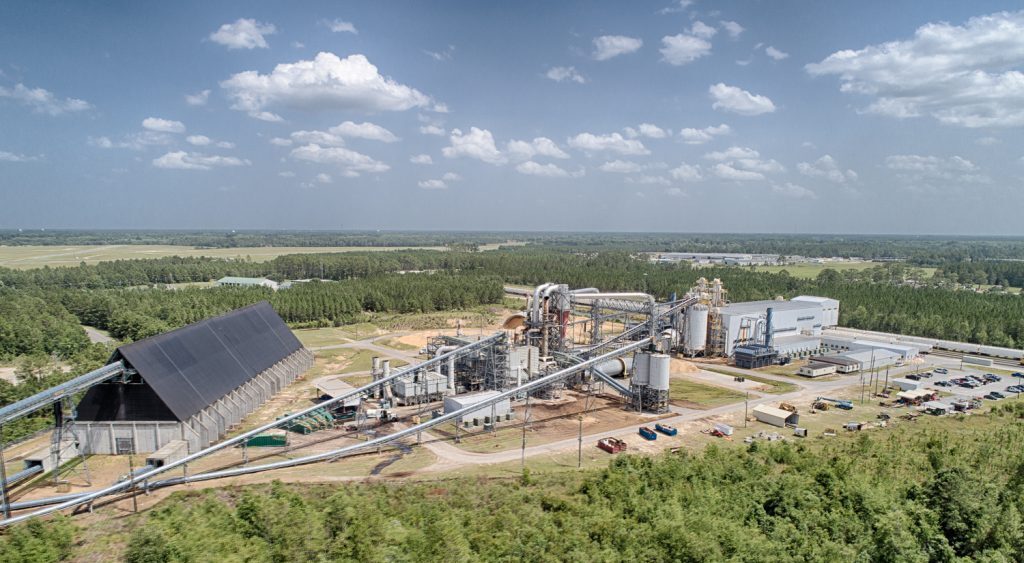
In response, Enviva contends that the Waycross facility already possesses the necessary environmental pollution control equipment and doesn’t require additional emission controls or modifications to comply as a major source of hazardous air pollutants.
However, the SELC argues that Enviva’s application describes processes that fall significantly short of the standards upheld by other comparable operations.
The controversy surrounding the wood pellet industry’s environmental impact raises a critical question: Is it genuinely climate-friendly? Enviva proudly asserts that wood-based bioenergy is part of an overarching strategy to reduce carbon emissions and minimize reliance on fossil fuels.
Advocates for the pellet industry often point to research indicating that the production process is “carbon-neutral” due to effective reforestation efforts that balance out carbon emissions.
Amandine Muskus, executive director at the U.S. Industrial Pellet Association, cites studies that reinforce the idea that existing regulations ensure responsible biomass sourcing in the U.S. Southeast, making a positive impact on climate and the environment.
However, critics counter that these assessments fail to consider the full “value chain” of wood pellets, considering the complete climate impact across the product’s entire lifecycle.
From tree harvesting, machinery operation powered in part by fossil fuels, and the transformation of wood into pellets at the plant, to the transportation of nearly 1 million tons of pellets annually from the Waycross facility to Europe, where they’re burned as a coal alternative, each stage emits heat-trapping pollution contributing to climate change.
Heather Hillaker stresses the time required to sequester the carbon emitted during the tree harvest and combustion. She points out, “It takes a very long time before you can sequester the amount of carbon that was emitted at the time of the (tree) harvest and the (related) combustion.” The discrepancy between the time needed for carbon sequestration and the pressing need to address climate change raises doubts about claims of “carbon neutrality” or “carbon parity.
The contentious history of wood pellet facilities in the Southeast adds further complexity to this issue. Over the past decade, these facilities faced nearly 60 environmental or occupational citations and nearly $7 million in related fines, with nearly two dozen of these actions involving Enviva plants.
Although there have been no reported violations in Waycross since Enviva acquired the facility for $175 million in 2020, the previous owners received a $100,000 fine for infractions a decade ago.
As the debate continues to unfold, it underscores the necessity for a comprehensive examination of the wood pellet industry’s environmental impact and a balanced approach that addresses economic interests while responsibly managing climate concerns.







